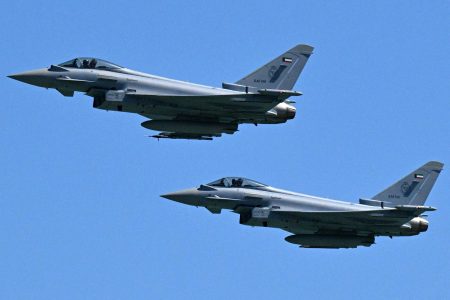Belarus has initiated military drills along its borders with Ukraine, Lithuania, and Poland, with the goal of preparing officers and territorial defense personnel for potential defense of their respective regions. The exercises will take place over three days in the Gomel and Grodno regions, and will also involve practicing protocols in the event martial law is enacted in the country. Poland and Lithuania, both members of the European Union and NATO, are likely monitoring the situation closely as Belarus, a close ally of Russia, carries out these drills.
At the same time, Russia and Ukraine have been engaged in ongoing drone strikes, with recent attacks targeting energy facilities in various regions. Russia launched raids on the Dnipropetrovsk and Kirovograd regions, with Ukraine’s Operational Command “South” reporting air defense forces destroying three drones over Dnipropetrovsk and intercepting the rest. However, a target in Kirovograd was struck, though there were no casualties. In response, Ukraine struck one of Russia’s largest oil refineries in the Tatarstan region, claiming to have inflicted significant damage on a military target around 800 miles from the front lines.
The situation in the region remains tense as Belarus conducts military drills near its borders with Ukraine, Lithuania, and Poland, and both Russia and Ukraine engage in drone strikes and retaliatory actions. With Poland and Lithuania being members of the European Union and NATO, these countries are likely closely monitoring the developments in the region, given Belarus’ close ties to Russia and ongoing tensions between Russia and Ukraine. The escalation of military activities in the area raises concerns about potential further conflict and the impact on regional security.
The military exercises in Belarus aim to prepare officers and territorial defense personnel for potential defense scenarios in their respective regions, as well as to practice protocols in the event martial law is enacted. The drills come at a time of heightened tensions in the region, with ongoing clashes between Russia and Ukraine and Belarus’ military activities near its borders with neighboring countries. The involvement of NATO and EU member states in the region adds another layer of complexity to the situation, with concerns about the potential for further escalation and its impact on regional stability.
Russia targeted energy facilities in Ukraine, leading to clashes between the two countries’ forces, with Ukraine responding by striking a Russian oil refinery in the Tatarstan region. The exchange of drone strikes and retaliatory actions underscores the volatile nature of the situation in the region, with ongoing military activities and tensions between Russia and Ukraine. The risk of further escalation and the potential impact on regional security are key concerns for all parties involved, as the situation continues to evolve.
As the military drills in Belarus unfold and clashes between Russia and Ukraine continue, the region remains on edge, with the potential for further conflict and instability. The involvement of NATO and EU member states adds to the complexity of the situation, with concerns about the broader implications of escalating tensions in the region. As Belarus, Russia, and Ukraine navigate these challenging circumstances, the need for de-escalation and diplomatic solutions is increasingly urgent to prevent further violence and ensure the stability and security of the region.















